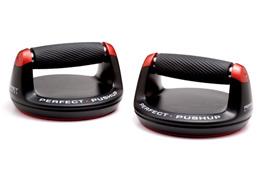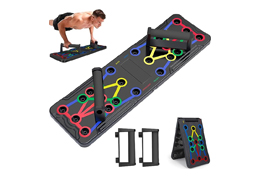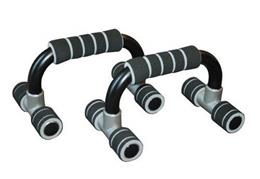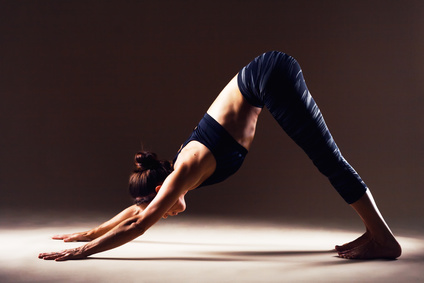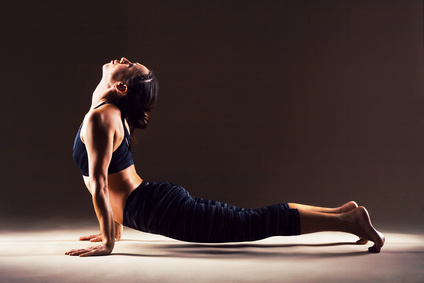What is a Pushup?
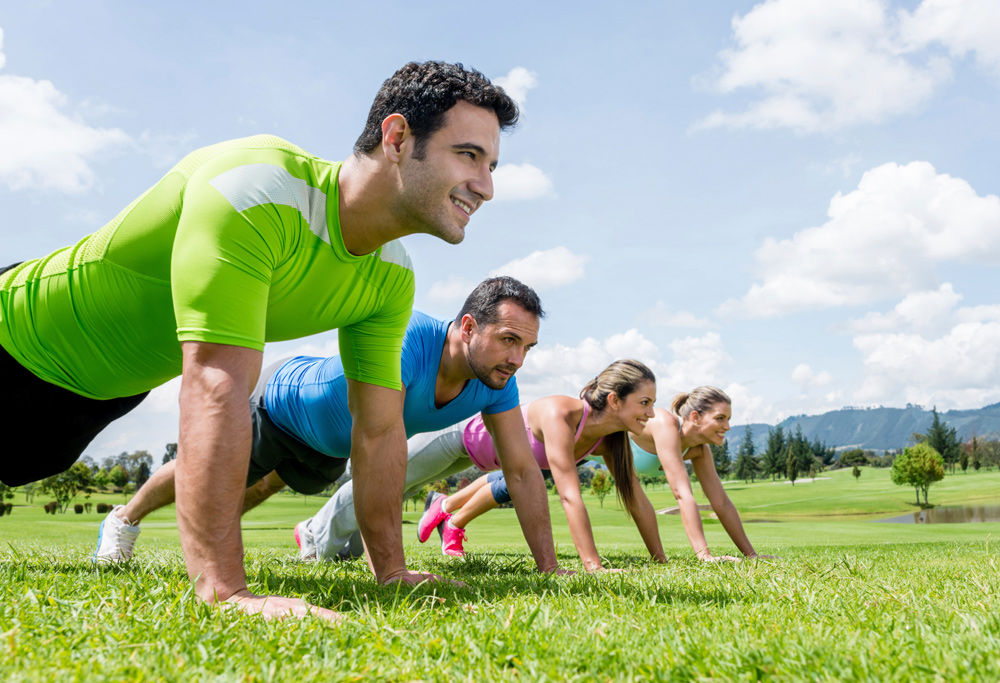
According to Wikipedia, a push-up (USA English), or a press-up (UK English), is "a common strength training exercise performed in a prone position, lying horizontal and face down, raising and lowering the body using the arms."
Pushups are a basic exercise used in civilian athletic training or physical education and, especially, in military physical training and will develop the pectoral muscles and triceps, with ancillary benefits to the deltoids, serratus anterior, coracobrachialis and the midsection as a whole.
The origins of the pushup are not totally clear, although several known variations have been in existence for centuries. One school of thought is that the pushup as we know it is a joining together of two popular yoga poses - downward-facing dog (Adho Mukha Svanasana) and upward-facing dog (Urdhva Mukha Svanasana). The roots of yoga can be traced back over 3,000 years.
For the record, the phrase "pushup" was first recorded in the United States during the period from 1905 to 1910. Some 40 years later, the phrase "pressup" first appeared in British lexicon.
Instructions for "good-form" pushups
Lie prone on the ground with hands placed as wide or slightly wider than shoulder width. Keeping the body straight, lower body to the ground by bending arms at the elbows. Raise body up off the ground by extending the arms. Repeat.
Body weight should be lifted by the arms; don't be tempted to use your butt, stomach or the lower half of your body to pull yourself up. To maintain correct body alignment, imagine a straight line running from your head down to your ankles.

